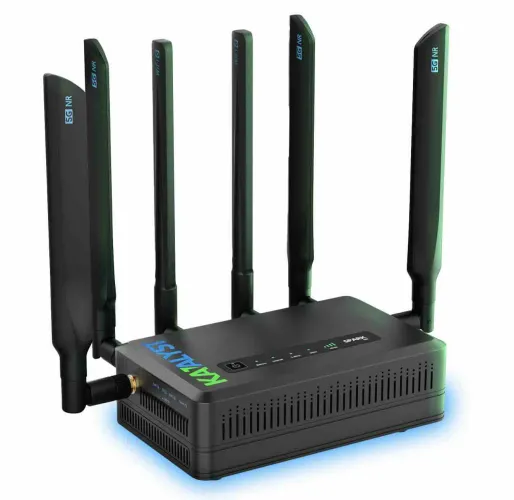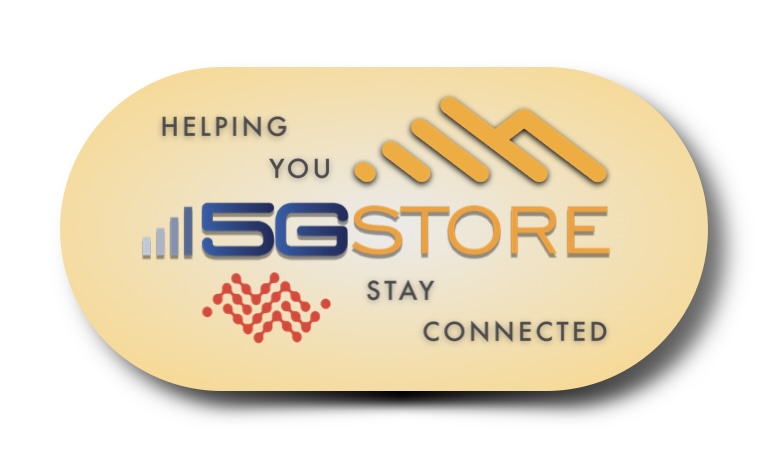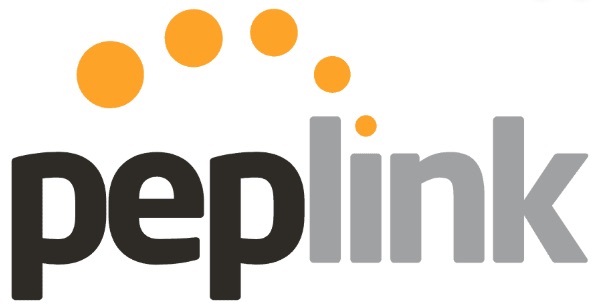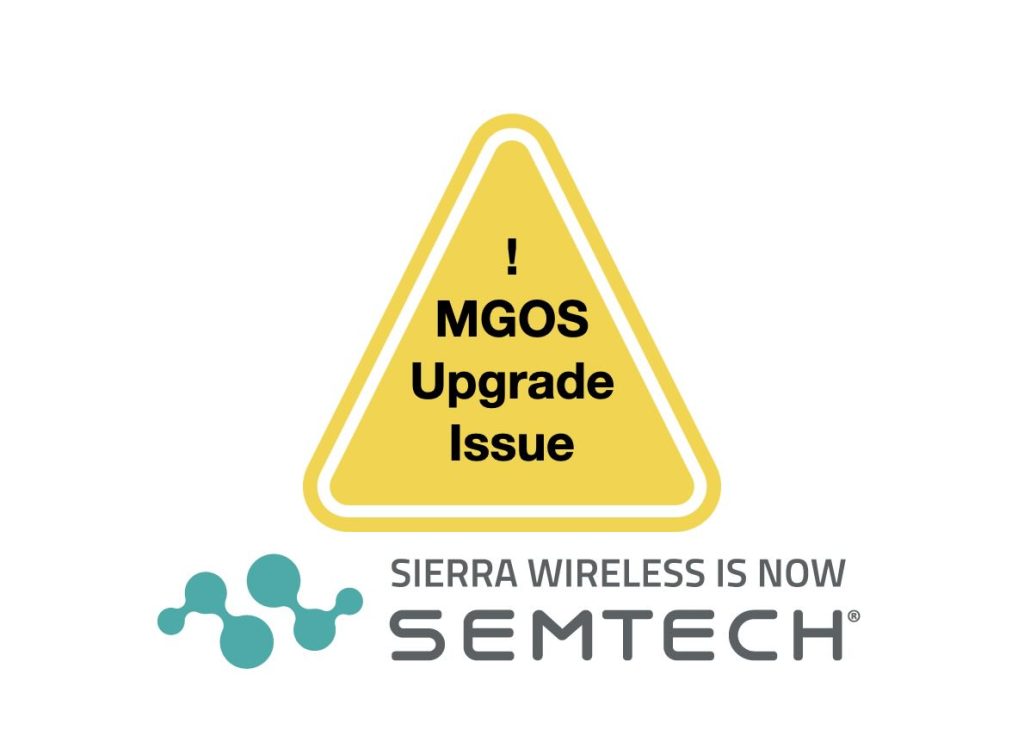1. Introduction: What Is a Router with 5G? A router with 5G is a networking device designed to connect to the internet using next-generation 5G wireless networks. Unlike standard routers that depend on a wired connection—such as DSL, cable, or fiber—a 5G router communicates with cellular towers to provide internet access. These routers typically include SIM card […]
Tag: 5G
Advantages of Fully Integrated OEM FWA CPEs
Guest Article written by the Poynting team In previous discussions, we have extensively covered Fixed Wireless Access Customer Premises Equipment (FWA CPEs) that utilize outdoor antennas. Traditionally, these solutions involved connecting outdoor antennas to indoor routers. However, Poynting’s technology has since evolved, resulting in a more efficient solution known as ePoynt. Introduction to ePoynt ePoynt […]
Katalyst Spark 5G Router
We at 5Gstore.com are thrilled to introduce Katalyst, a dynamic new brand committed to delivering reliable, high-quality business hardware without unnecessary complexities or inflated costs. Katalyst stands out by offering straightforward, effective technology solutions designed to keep your business seamlessly connected. Katalyst’s mission is clear: to provide businesses with dependable, uncomplicated, and affordable technology that […]
How Sierra Wireless Routers Keep Businesses Connected Anywhere
In today’s fast-paced, interconnected world, reliable and robust connectivity is paramount for businesses operating in remote locations and industries such as agriculture and logistics. Sierra Wireless routers have emerged as a leading solution, offering unparalleled global reach, durability, and advanced IoT device management capabilities. These features ensure that businesses remain connected, efficient, and competitive, regardless of their […]
How CradlePoint Routers Simplify 5G Network Management
In today’s fast-paced digital world, businesses require reliable, secure, and scalable connectivity solutions to stay competitive. As 5G adoption accelerates and IoT devices become more embedded in business operations, network management grows increasingly complex. Fortunately, CradlePoint routers are built to meet this challenge head-on. In this article, we’ll explore how CradlePoint routers are designed specifically for 5G and […]
Why Peplink Routers are the Ultimate Solution for Reliable Connectivity
In a digital world where connectivity is king, having a reliable, scalable, and future-proof networking solution is no longer optional—it’s essential. Whether you’re managing a fleet of IoT devices, working remotely, or ensuring business continuity, Peplink routers stand out as the ultimate solution for reliable connectivity. Known for their robust design, advanced feature set, and […]
Wireless News: 5Gstore Acquires Ericsson and Semtech Routers — Revives Iconic Cradlepoint & Sierra Wireless Brands
FOR IMMEDIATE RELEASEApril 1, 2025 5Gstore Acquires Ericsson and Semtech Routers — Revives Cradlepoint and Sierra Wireless Brands Crystal Lake, IL — In a bold move that has stunned the wireless industry, 5Gstore.com is proud to announce the acquisition of Ericsson’s router division and the simultaneous repurchase of Sierra Wireless from Semtech. In an effort […]
Teltonika Distributor – 5Gstore Adds To Portfolio (WOW)
At 5Gstore.com, we are proud to be an authorized Teltonika distributor, offering businesses and integrators access to cutting-edge IoT and industrial networking solutions. Teltonika Networks is a globally respected leader in reliable, secure, and easy-to-use devices designed for the most demanding applications. As a Teltonika distributor, 5Gstore makes it easy for you to source high-performance products backed […]
Buy Peplink: Why 5Gstore is the Best Choice
If you’re looking to buy Peplink, you want to make sure you’re purchasing from a trusted, experienced, and well-stocked reseller. That’s where 5Gstore comes in. As the longest-running Peplink reseller, we have been providing Peplink solutions to businesses, government agencies, and individuals for years—longer than anyone else in the industry. When you choose 5Gstore, you get more than just […]
Important Alert for AirLink MG90 5G Routers: MGOS 4.4.3 Upgrade Issue
Semtech (formerly Sierra Wireless) has released an important Technical Bulletin regarding a critical issue affecting AirLink® MG90 5G routers when upgrading to MGOS 4.4.3 via AM/AMM. If you are managing or operating an MG90 5G router, please review the following details to avoid potential disruptions or unexpected data charges. What’s Happening? Semtech has identified a […]











